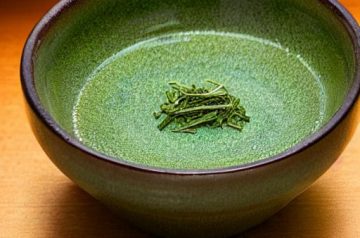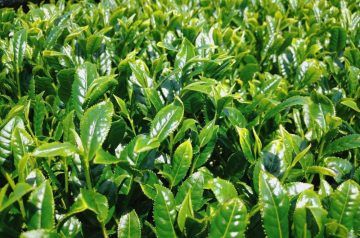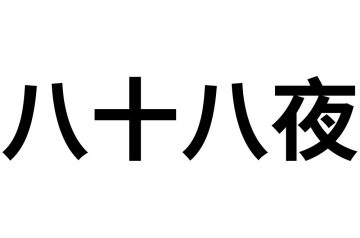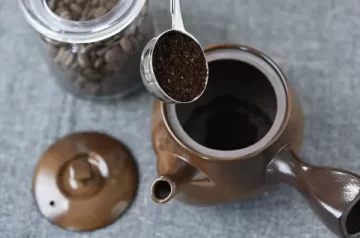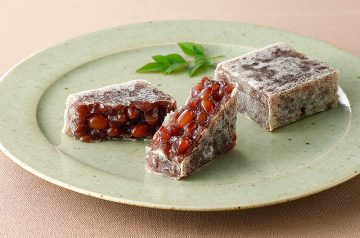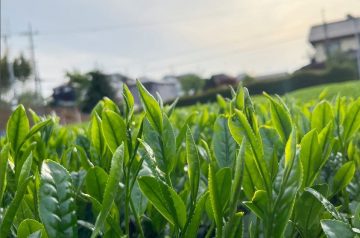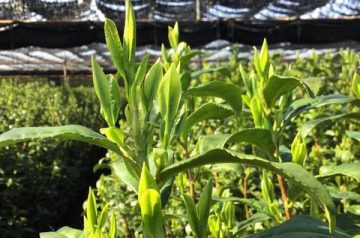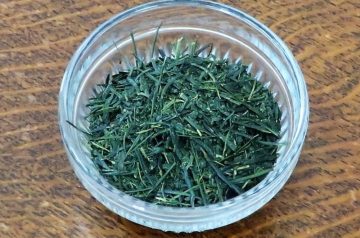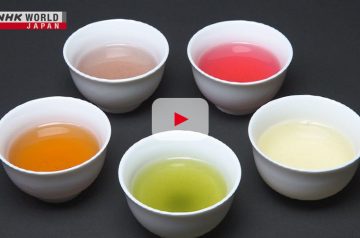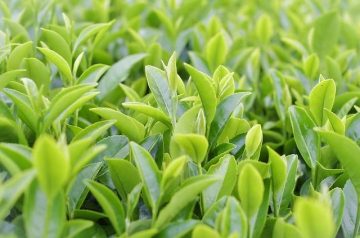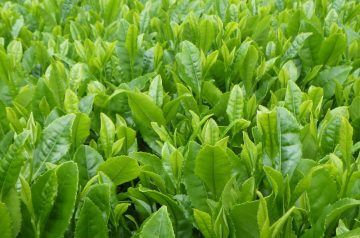There are more than a hundred tea cultivars in Japan, with new ones appearing every year. But only a few are used extensively. I looked at the data of...
The Okuyutaka Tea Cultivar
Okuyutaka (おくゆたか) is a cultivar that makes a good quality sencha. Its name comes from Yutakamidori, and from the fact that it is a late budding cultivar. History of...
Hachijū Hachiya
If you’re a fan of shincha, you may have heard the term hachijū hachiya (八十八夜). It literally means 88th night. Hachijū hachiya is one of the important dates in...
Brewing Coffee in a Kyusu Teapot
A Japanese friend told me that people are preparing coffee in their kyusu. I never would have thought of doing that. Apparently, the resulting coffee tastes well. This way,...
Kintsuba
Kintsuba (きんつば) is a traditional Japanese sweet (wagashi) that is fairly common, although not as popular as others. In essence, it’s a yōkan with an outer crust. Nowadays, most...
The Kirari 31 Tea Cultivar
Kirari 31 (きらり31) is a cultivar that not only makes a high quality sencha, but also kabusecha and gyokuro. Kirari means “momentary flash of light”. The number 31 is...
Sencha vs Kabusecha
Kabusecha means “shaded tea”. This shading process is also employed for teas like gyokuro and matcha. Traditionally, sencha isn’t shaded. Note that after harvesting, sencha, kabusecha and gyokuro are...
Ichoucha
Ichoucha (萎凋茶) is a Japanese tea that has been withered. Withering is called ichou in Japanese. Another word also used for withering tea is bihakkou (微発酵). For example, ichou...
Trails to Oishii Tokyo: Japanese Tea (Documentary)
This is a tea documentary in English from NHK World, made in 2022. Its about 30 minutes long. Besides the basic information about Japanesetea, it has some interesting content....
The Shizukaori Cultivar
The Shizukaori (しずかおり) cultivar is named after Shizuoka prefecture, and also because of its superior aroma (kaori in Japanese). This cultivar is meant for sencha production. History of Shizukaori...
Chashitsu ZerO
Many tea ceremony schools in Japan were closed during the pandemic. This led Okochi Sachi from the Senshin-an tea ceremony school to make a small tea room (chashitsu) that...
The Yamanoibuki Cultivar
Yamanoibuki (山の息吹) means “mountain breath”. It’s an early budding cultivar meant for sencha production. History of Yamanoibuki In 1975 at present day Kawanehon town in Shizuoka prefecture, specimens were...

